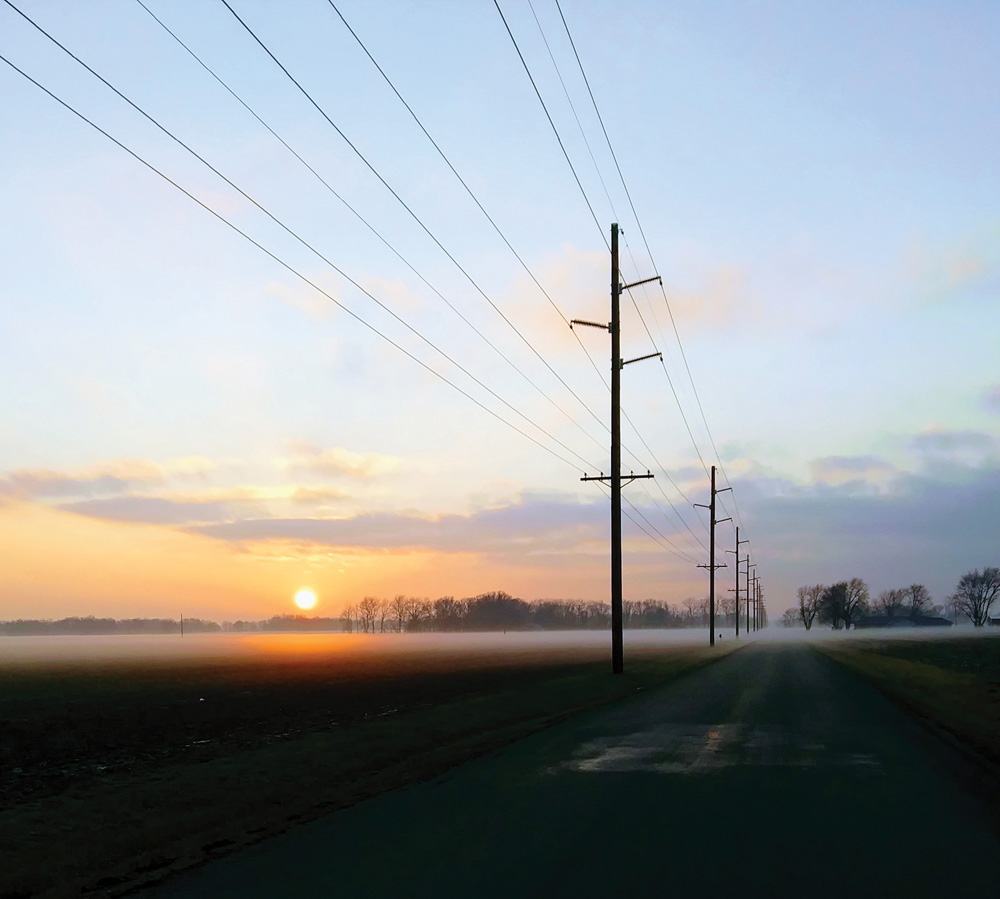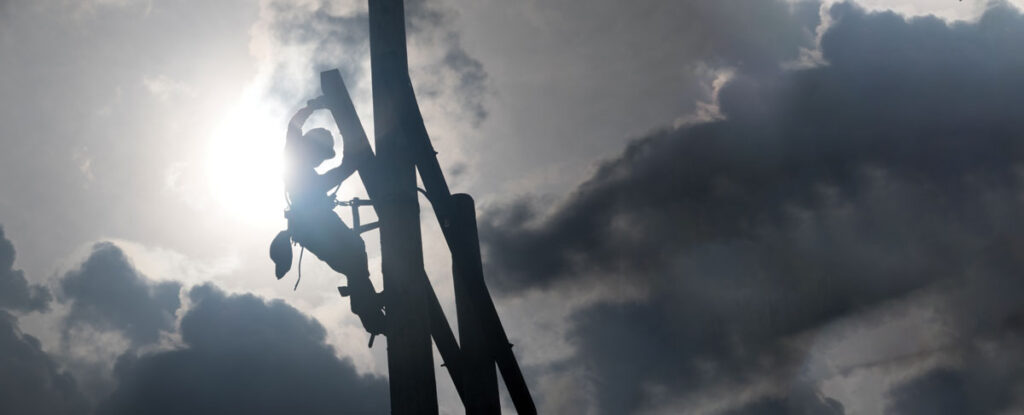The intense bright red color, corky ridges on the branches, and bright orange or red berries on your neighborhood burning bushes may entice, but remember planting and growing them can lead to further degradation of the Illinois wildscape. The ornamental berries of this common landscape plant spread aggressively by birds and other wildlife in the understory of our forests and outcompete native plants.
Most who love this plant for its adaptability, prunabilty and impressive fall display will say they have never seen it loose in the wild or act as a weed on their property. However, they will take notice as soon as the brilliant red fall color starts to reveal itself.
Burning Bush is native to northeastern Asia and was first introduced into North America in the 1860s for ornamental purposes. It is still sold and planted as an ornamental. Minnesota just added Burning Bush to the state’s noxious weed list requiring nurseries and growers to phase the plant out by 2023. A species of concern in Illinois, burning bush should be avoided by gardeners and landscapers.
Other landscape shrubs have dazzling fall colors or an explosion of berries. Gardeners have revealed that these shrubs have the most exciting fall display in the Illinois landscape and are coveted by gardeners for seasonal interest.
Brandywine possumhaw viburnum has an outstanding presentation of pink and blue berries in fall. Brandywine drupes are preceded by fragrant white flowers that appear in early summer. As the drupes ripen, they continue to intensify in color, peaking with a red-to-maroon display late in the fall. This shrub grows 5 to 6 feet tall and has a more impressive fruit display if planted in a group. The drupes are acidic, but edible.
Beautyberry has become a standout for the native fall garden with its vivid purple-magenta berries that populate the entire stem on these 3- to 6-foot shrubs. They follow small light pink flowers in late summer. The fruit display is more impressive in full sun but this plant can grow in part shade, even under coniferous trees. Fruits remain on the plant well into the winter, months after the foliage has created a nice backdrop of yellow fall color. The bright purple fruits are eaten by birds. Berries are not poisonous for humans but are bitter.
Dwarf fothergilla is one of the few shrubs that is content growing in shade. This compact 2- to 3-foot shrub blooms fragrant, small, white whorled flowers in April or May, followed by black berries and ending the season with an explosion of brilliant yellow, orange and red fall color. It is a must have shrub for backyard birders.
Oak leaf hydrangea grows about 6 feet tall and wide in a mound shape. The shrub has large cone-shaped blooms that add color starting in May. The blooms last to the end of summer and transform from white, to purplish pink, to brown. It is adaptable and can be grown in full sun and boasts large dark green leaves that turn rusty red in fall, reminiscent of oak leaves.
Black Chokeberry is a 4- to 8-foot native shrub boasting multiple seasons of interest. It forms dense colonies but are categorized by slow to moderate growers. Small clusters of numerous white flowers with light pink stamens bloom in mid-May. The glossy black fruits form in late summer. The fall color can be bright yellow-orange, red and/or purple. In the landscape industry, black chokeberry is used as hedgerows or alternatives to invasive burning bush and barberry because it is adaptable, has beautiful fall color and is native. Its fragrant flowers are primarily visited by small bees. Fruit can persist into winter and serve as a food source for birds and other wildlife.










